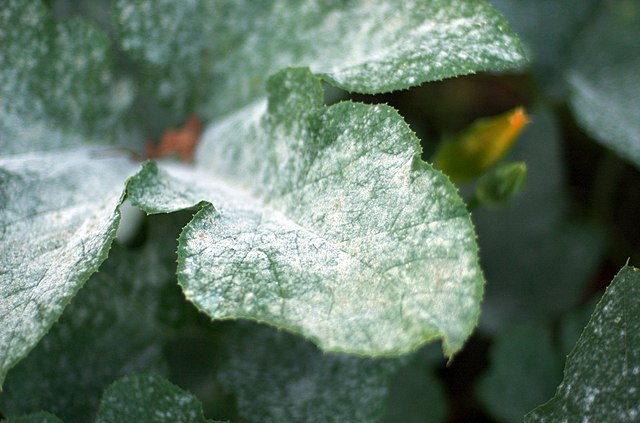Remedy for mildew
Distinguishing powdery mildew from downy mildew
Powdery mildew is one of the most common groups of pests in the garden. As already mentioned, mildew can be caused by various fungal pathogens. Powdery mildew is just a collective term for fungal diseases from different genera. Some fungal genera can be super host-specific while others can attack many different plants. However, it is only important to differentiate between "downy" and "powdery" mildew when it comes to control and remedial measures. The two groups of fungi have completely different requirements and can therefore be controlled and prevented in different ways.
Powdery mildew
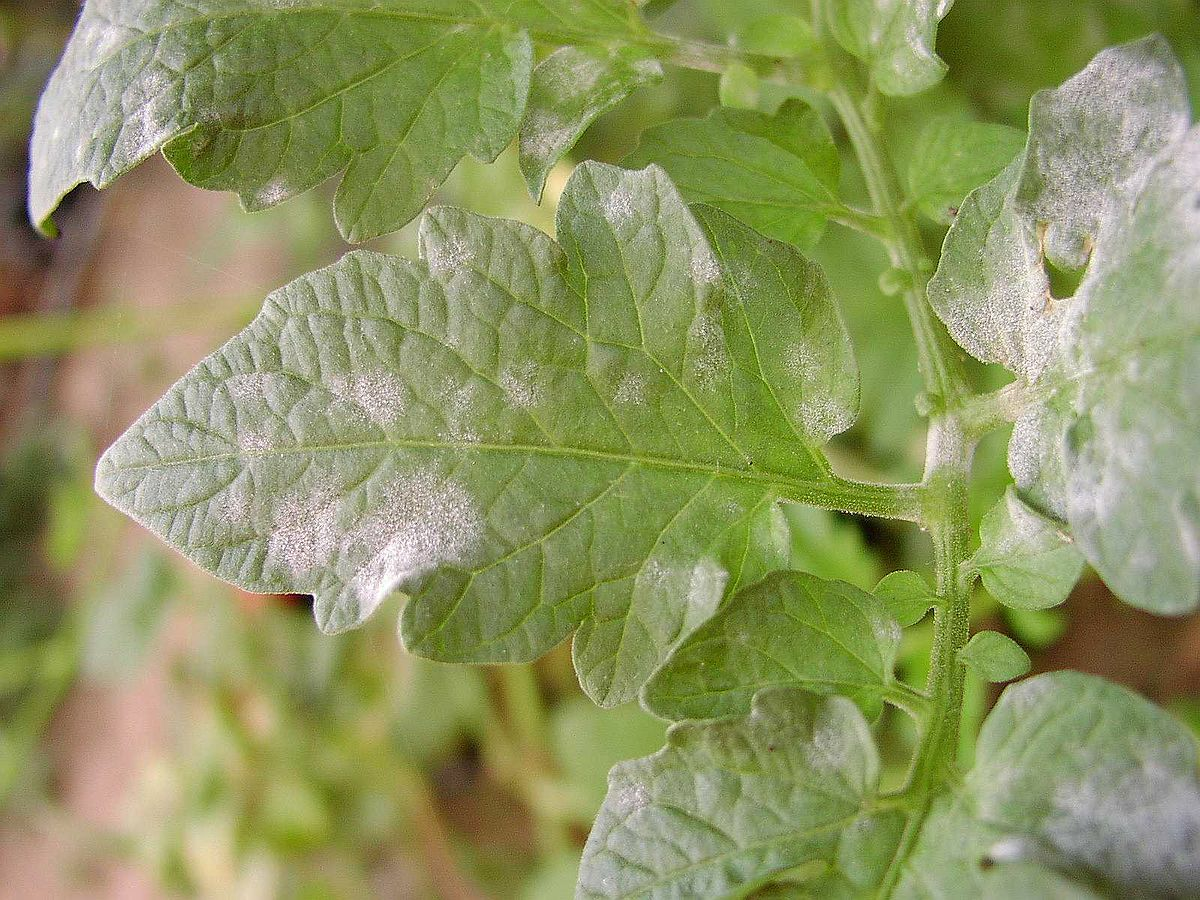
Powdery mildew (Erysiphaceae) includes various genera from the Ascomycota division. These include the economically relevant species such as grass powdery mildew (Blumeria graminis) or vine powdery mildew (Erysiphe necator or Oidium).
Apples are attacked by Podosphaera leucotricha, while roses are infested by Sphaerotheca pannosa. This was just a brief insight into the variety of powdery mildew fungi
- Preferred vegetables: cucumbers, zucchinis, pumpkins, melons, carrots, peas, salsify, sage, strawberries
- Preferred woody plants: laurel, grapevines, apple, gooseberries, roses
- Preferred ornamental plants: delphinium, asters, golden balm, hydrangeas
Characteristics and damage pattern (powdery mildew)
- Does not need damp conditions to spread ("fair weather fungus"), as the spores do not necessarily need water to spread. Only the first spores in spring can get from the soil to the leaf surfaces through spray water. In most cases, however, wind plays an important role as a means of dispersal. This is why powdery mildew, in contrast to downy mildew, often occurs in summer in dry weather.
- "External fungus": Does not penetrate into the deeper tissue layers of the plant and can therefore be easily wiped off
- whitish, mealy coating, usually on the upper side of the leaf. Often also on young shoots, petals or spines. The fungus gradually attacks the entire plant (including the undersides of leaves and other green parts of the plant). Later, the affected parts of the plant turn yellow or die - The fungal web can also turn a dirty brownish color
- "Powdery mildew candles" in apple powdery mildew: the leaves of young shoots stand upright and the leaf edge is curled. Strong temperature fluctuations and alternating damp and very dry conditions can weaken the plants and thus promote infestation.
- Overwintering on plant remains. Wind or water splashes can cause a new infection from the dead plant remains. Therefore, dispose of plant remains of infested specimens after harvesting.
Prevent powdery mildew
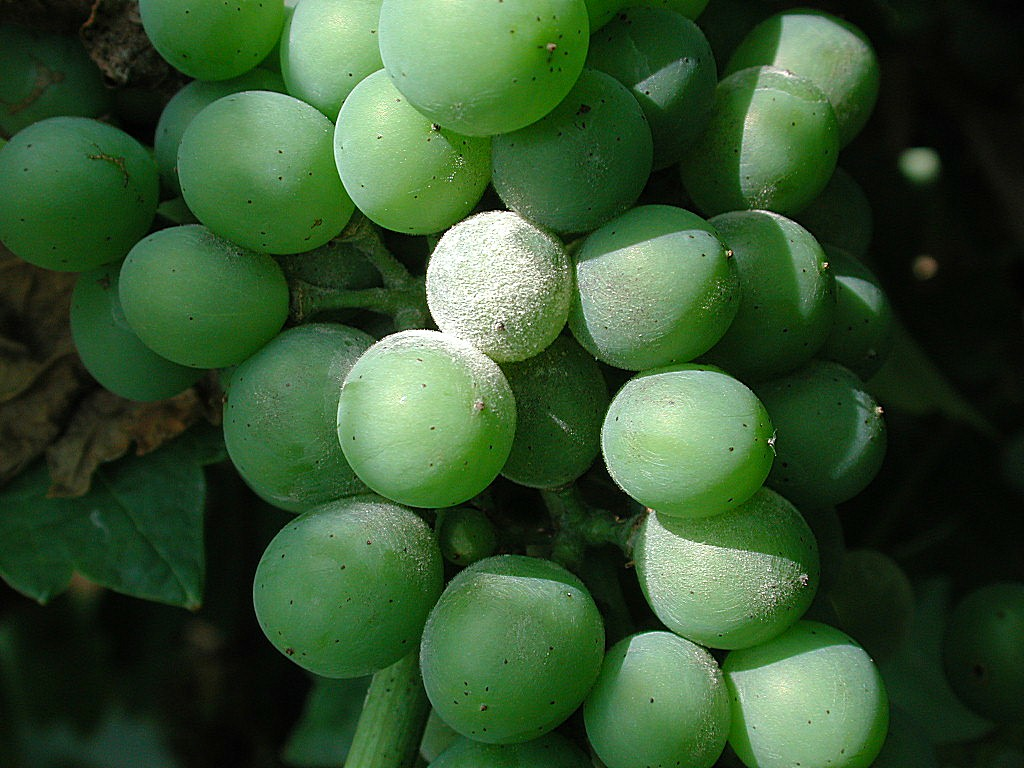
- select resistant ornamental, vegetable and fruit varieties
- leave sufficient space for planting (good aeration)
- balanced fertilization (avoid over-fertilization)
- remove diseased plant parts quickly (not on the compost!)
- a layer of mulch can prevent transmission by water spatter
- balanced irrigation (avoid drought and waterlogging) Avoid techniques with a high risk of splashing (it is best to water with a weak jet and from below)
- Avoid locations with strong temperature fluctuations (the location should always be adapted to the respective plant)
- Ensure sufficient ventilation in the greenhouse - Horsetail broth can strengthen susceptible plants: 1 kg of fresh herb to 10 l for 24 hours. Then simmer for half an hour. After cooling, sieve and spray several times a day.
Remedy for powdery mildew - when it's already too late
- Spray garlic tea: 80 g to 10 l hot water. Leave to infuse for at least 5 hours
- remove affected parts of plants that can be cut and dispose of in the residual waste.
Downy mildew
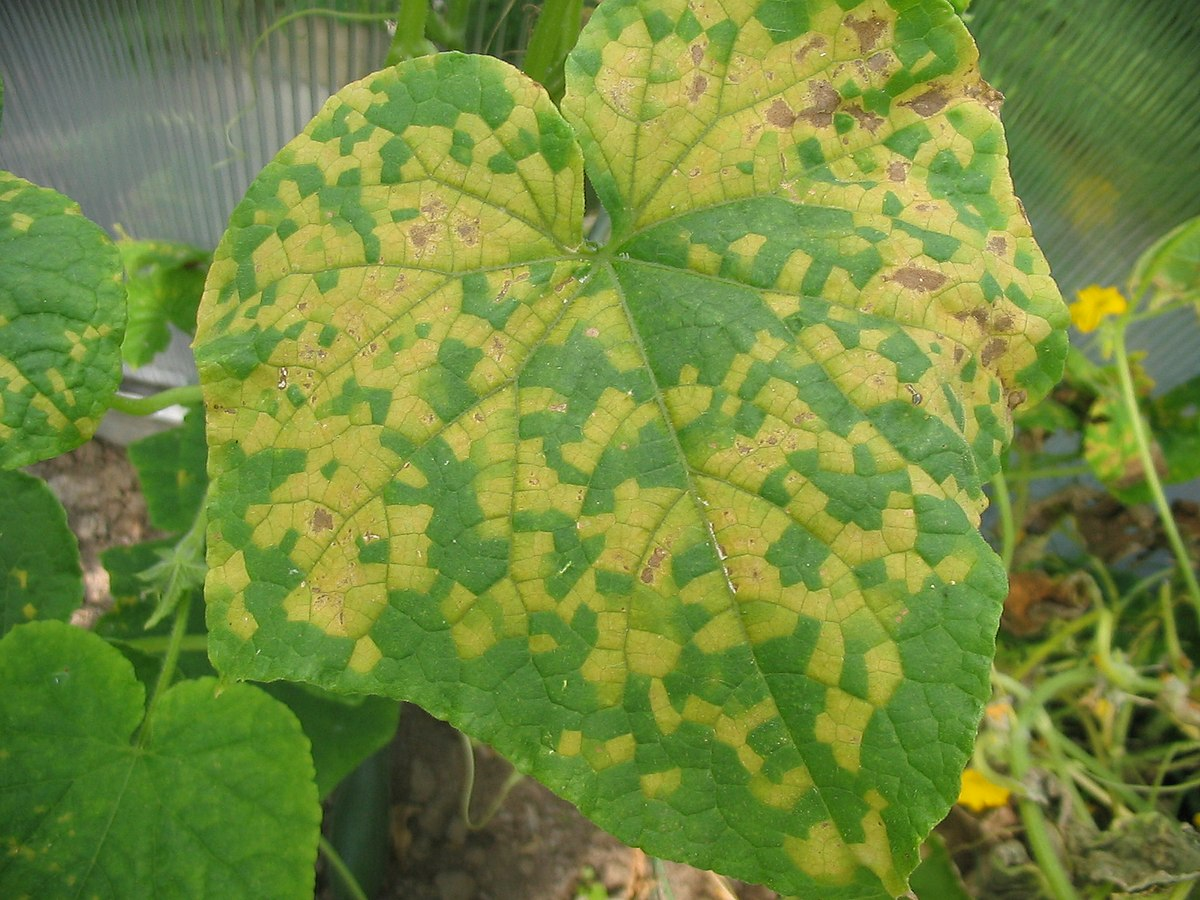
Downy mildew comprises several genera of fungi that belong to the group of oomycetes. The various species form the order Peronosporales. Important representatives of this group are downy mildew on grapes (Plasmopara viticola) and lettuce (Bremia lactucae). Many species of downy mildew are host-specific and therefore strongly dependent on their respective plant species
- Preferred vegetables: radishes, radishes, horseradish, lettuce, peas, lamb's lettuce, cabbage, spinach, onions
- Preferred woody plants: roses, vines
- Preferred ornamental plants: Carnations, pansies, primroses
Characteristics and damage pattern (downy mildew)
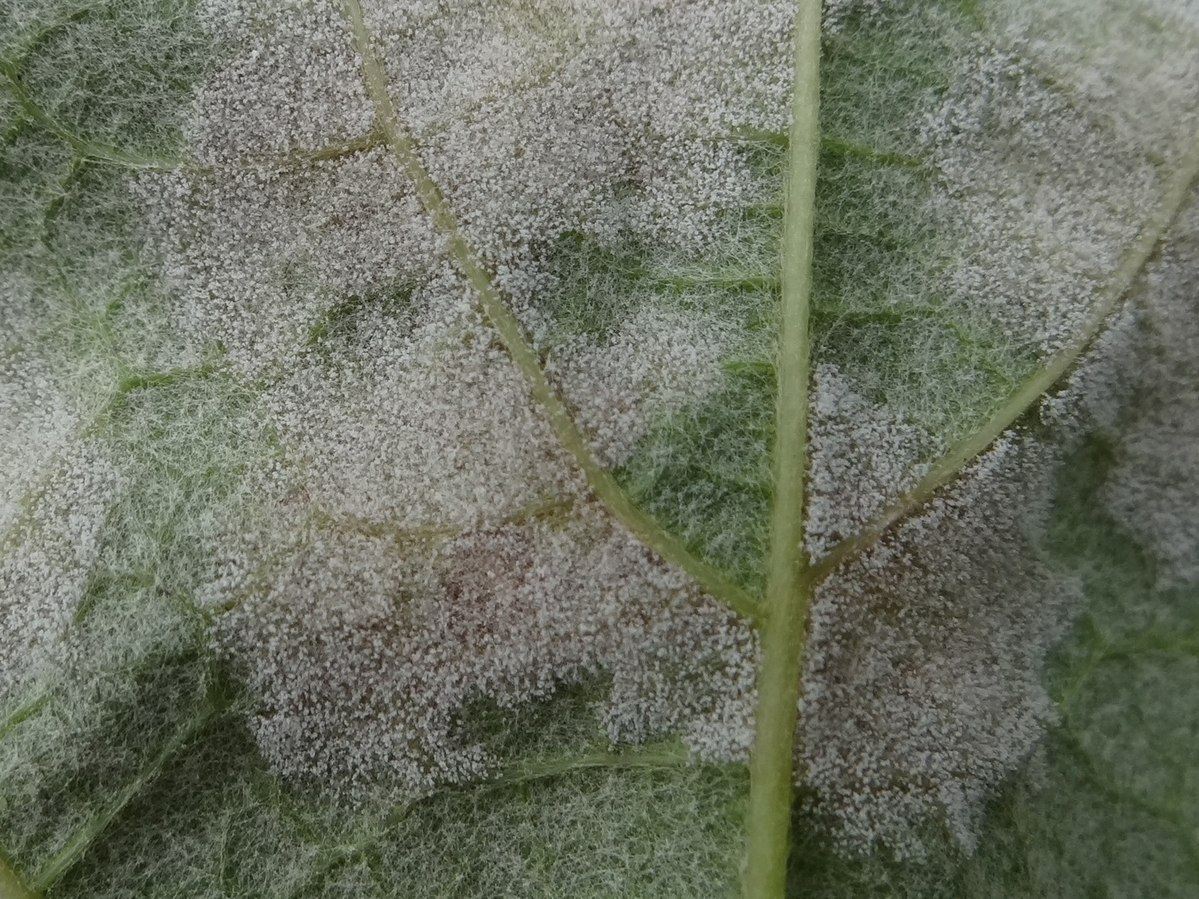
- Downy mildew is known as a "bad weather fungus" because it normally occurs in damp, cool weather. Therefore, infestation occurs mainly in spring or fall. Cool, rainy summers also provide good conditions for downy mildew. This is because the spores of the fungus use water as a means of spreading. If the leaves do not dry quickly enough, the spores can be transported in the water film and enter the stomata of the leaves - unlike true mildew, the fungus of downy mildew penetrates the plant tissue. This can occur through wounds or the natural respiratory openings of the leaves (stomata)
- Overwintering in fallen leaves or in crop residues. If in doubt, dispose of all plant residues (not in compost) so that re-infection is made more difficult the following year
- Recognizable by yellowish to brown spots on the upper leaf surfaces, sometimes also on the stem or flower. Grey to greyish-purple fungal tissue can be seen on the underside of the leaves.
Preventing and combating downy mildew
- Keep leaves dry, as the fungus is transmitted by water. (roofing, spacing for good aeration) - water from below to reduce the risk of transmission
- avoid one-sided nitrogen fertilization
- choose resistant and tolerant varieties
- spray with garlic tea in bad weather, which has an antifungal effect (for production, see Powdery mildew control)
- spray with horsetail broth to strengthen plants (see Preventing powdery mildew) spray with horsetail broth to strengthen plants (see preventing powdery mildew)
- remove affected plant parts
- water with nettle slurry to strengthen plants.
jeff kubina via wikimedia commons
